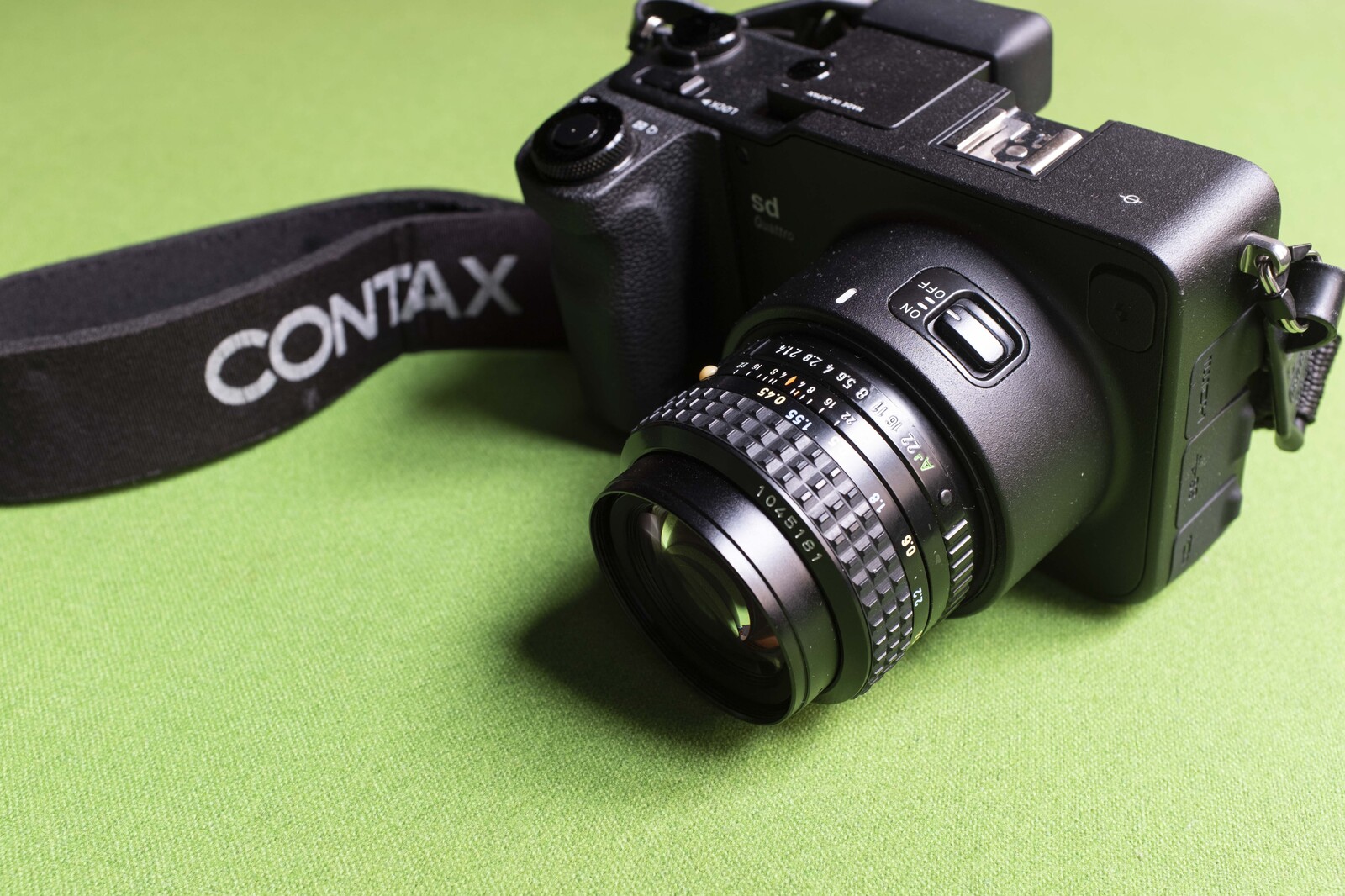TOC
Much has been written about Foveon sensors, and a lot will be on this blog too. In this short review I do not want to talk about the (extraordinary!) image quality of this camera, but to illustrate how it looks in the hands.
Right from the start, it is almost impossible to place the Sigma Quattro in the traditional categories in which we are used to dividing cameras. We can say that it is mirrorless, as the machine does not have a mirror and therefore an optical viewfinder. For all the rest the camera looks like a DSLR, with all its typical strengths and weaknesses, which we are going to list.
The first sensation typical of an old DSLR is toughness. We immediately realize that we have what another house would call flagship. The materials are precious and particularly pleasant to the touch. The shape is unique, in some ways odd, but we will soon realize how every detail is in the right place. The base is extremely solid, and this is important: we here with a camera that must be used as much as possible with a tripod, and we want it to be as stable as possible.
What makes us understand that we are not dealing with the usual plastic mirrorless is its shape. The bayonet is particularly pronounced and comes out of the body. This is the SA Mount, owner of SIGMA, and present on their interchangeable lens cameras since the 90s. SIGMA is now part of the L Alliance alongside Leica and Panasonic, so we will probably never see this bayonet again. The flange distance from DSLR neutralizes one of the main advantages of mirrorless, which is the possibility of mounting on any lens.
However, I understand SIGMA’s choice: to secure a slice of the market that is still willing to invest its money in a dying system. And if the money earned is invested in new technology, all the better. However, not all lenses are incompatible: there are M42 adapters, and it is also possible to mount Pentax K lenses. The SA Mount and Pentax K are virtually identical, with the SA one millimeter shorter allowing to use Pentax lenses on Sigma, but not vice versa.

The Sigma SD Quattro with a Pentax 50mm f1.4
The buttons are located in an unusual but extremely functional way. The on-off switch is placed on the bayonet, a strange place, but immediately holding it with both hands you understand its usefulness. You can turn the camera off and on with the button of the left hand holding it firmly. The rings are hard at the right point, and the shutter button is well-positioned and protected by a metal insert to prevent accidental operation.
The viewfinder, however, is a sore point: the sharpness is insufficient for a 2016 camera. Its definition is low, the size is small, and the brightness, in itself sufficient, is not enough to compensate for the other two factors. The only way to use it successfully is in magnify-mode when you press the ok key: a small part of the frame will be enlarged, and then focusing is also possible manually. In other cases, I do not recommend manual focus where possible.
To redeem the viewfinder, however, there is the display. Although live-view leaves something to be desired, it is bright, well defined, and even better structured. On the right, there is a sort of a second screen with basic information, such as ISO, mode, and shutter count. It is useful because you can set it to stay on even when the main display is off. However, keep in mind that the photos taken will appear on the main display with a delay of several seconds. There are two possibilities: resign yourself and not look at them, as was done once on film, or get the fastest SD card and reduce the delay time to a few seconds, without however canceling it.
The shutter is not that impressive: it is very noisy for a mirrorless, but more importantly, it brings with it a lot of vibrations: it is not electronic, but a mechanical one that brings with it many vibrations, particularly harmful for the Foveon sensor and its detail rendering. For the rest, it is an average shutter, capable of reaching 1/4000 of a second and with a flash sync of 1/180. The menus, on the other hand, are simple and have received too much-undeserved criticism. The interface in general is well studied, especially in not trying to mimic more famous rivals.
We can say in conclusion that the construction of the SIGMA SD Quattro is in many ways similar to its performance: solid and almost genius in some things, while disastrous for others. The design, the toughness, and the will to innovate perceived behind the project are certainly to be appreciated. At the same time, however, it is necessary to acknowledge the limits of a project. It is an old one, showing now its weakness. This does not mean that it is no longer interesting today, or capable of delivering amazing images. However, like all complex technologies, it requires careful study to unlock its true potential.

Stay tuned like this duck for the next Foveon reviews!